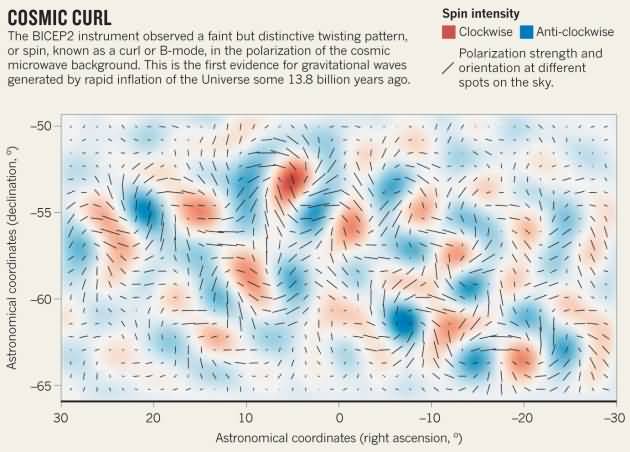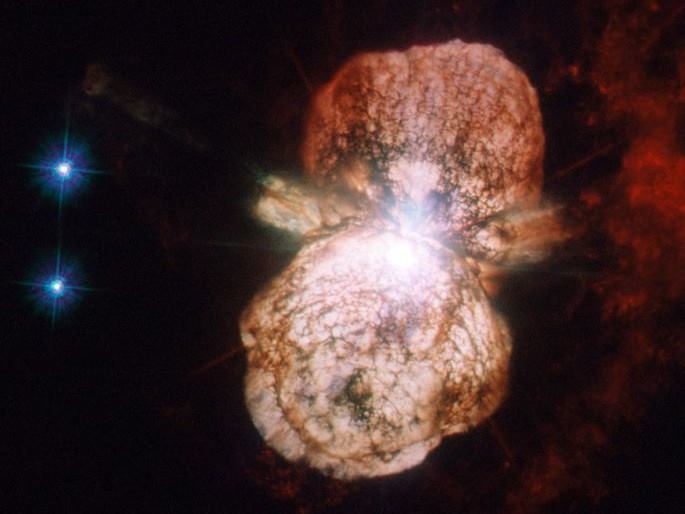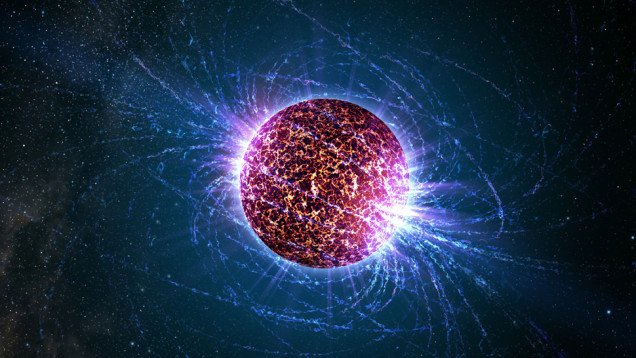Is Matter Consisting of Void?
Yes. Absolutely. 99.99 percent of everything you see is empty space (Of course, the nothingness we understand here isn't emptiness; that's a separate topic). You know what an atom is. It consists of a nucleus and electrons swirling around it. But have you ever wondered about the size of these nuclei and electrons and their distance from each other? Let's give you an example to illustrate.

Her bir atomun %99,999999999’u boşluktan ibarettir.
This means;
-The computer you are looking at
-The chair you are sitting in
-And you
You are almost gone.
Imagine a hydrogen atom the size of Earth. The hydrogen nucleus (a single proton) would be at the center of the Earth and about the size of a basketball. However, a tiny electron (an even smaller electron) would be orbiting the Earth's atmosphere. So why so far away?
During the initial exploration of the atom and its components, it was thought that the electron was very close to the nucleus, and the atom was completely filled. They employed a method for the initial discovery of the atomic nucleus. They placed the atom of a substance inside a sphere, the nature of which I cannot recall now. The electron was discovered before the nucleus. Electrons were then sent to this atom. According to the prevailing idea, these sent electrons would hit the atom and then reflect back, striking many parts of the sphere. But something unexpected happened. Almost all of the sent electrons bypassed the atom and landed directly opposite the sphere. A very small portion was scattered to other parts of the sphere.
Bu şekilde bir resim çıkardıklarında atomun büyük bir kütlesinin çekirdekte toplandığını ve bu çekirdeğin çok küçük bir alan kapladığı anlaşıldı. Atom’un %99’u boşluktan ibaretti.
So why are electrons so far from the nucleus of an atom? Electrons exhibit both particle and wave motion. You can see what this wave motion is in the image on the left. Electrons' energies are determined by this wave motion. Electrons cannot move closer than the magnitude of this wave motion. According to the Pauli exclusion principle, each electron in an atom must occupy a different energy level. Therefore, they cannot occupy the same orbit. The closer electrons are to the nucleus, the more energy levels they can move.  lower, and these wavelengths become thinner. As the energy levels of the outermost electrons increase, the width of the wavelengths gradually increases. Yes, this is where the answer to our question lies. The smallest wavelength width is incredibly large for the nucleus of an atom. This is why there is such a long distance between the nucleus and the electron. I read somewhere, I'm not sure if it's true. If you eliminated the space inside the atoms of all humans on Earth and combined them, all of humanity could be squeezed into the size of a book. If you noticed in your typical high school textbooks, we're not talking about an electron orbiting in an orbit, but an electron orbiting as a wave, whose location can never be determined. The physics you learned dates back to the 1950s. Unless, of course, you've improved your skills. Or if you studied physics in college.
lower, and these wavelengths become thinner. As the energy levels of the outermost electrons increase, the width of the wavelengths gradually increases. Yes, this is where the answer to our question lies. The smallest wavelength width is incredibly large for the nucleus of an atom. This is why there is such a long distance between the nucleus and the electron. I read somewhere, I'm not sure if it's true. If you eliminated the space inside the atoms of all humans on Earth and combined them, all of humanity could be squeezed into the size of a book. If you noticed in your typical high school textbooks, we're not talking about an electron orbiting in an orbit, but an electron orbiting as a wave, whose location can never be determined. The physics you learned dates back to the 1950s. Unless, of course, you've improved your skills. Or if you studied physics in college.
This is also why the electron doesn't fall into the nucleus. A proton has a positive charge and an electron has a negative charge. Normally, they would be attracted to each other and collapse. However, this wave motion prevents the electron from falling.
In short, it's like "you and me" doesn't exist. The answer to the question in the title of my article is yes.









It's not empty space, but filled with ether. If there were a vacuum, how could the gravitational force between them be transmitted? There's no vacuum in space either. We can understand this from the transmission of light.
At first you say that this is not a void as you understand it, then you say that it is as if you do not exist, I did not understand that, dear writer.